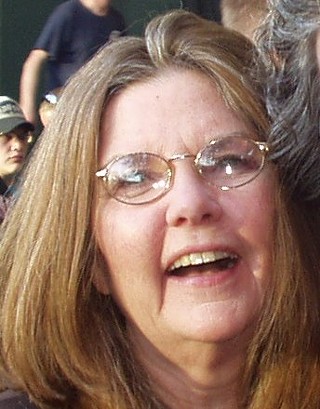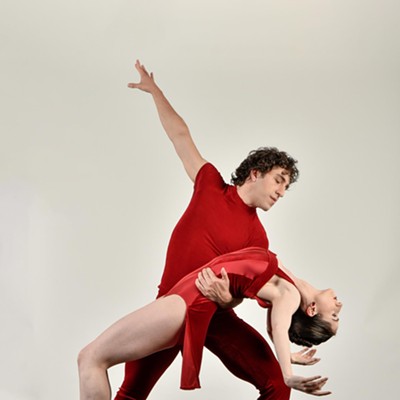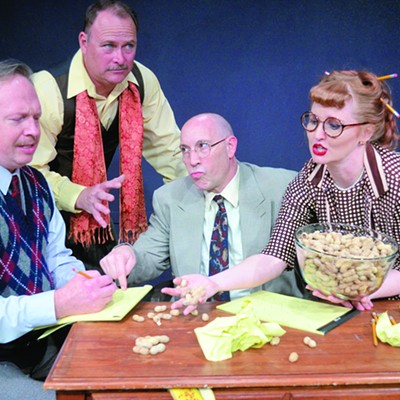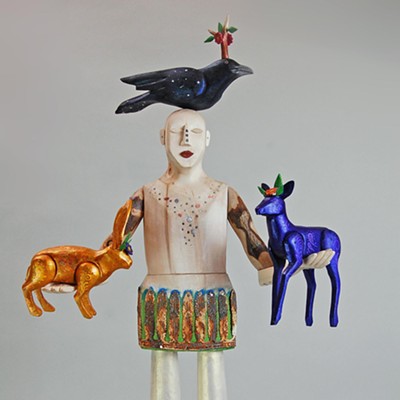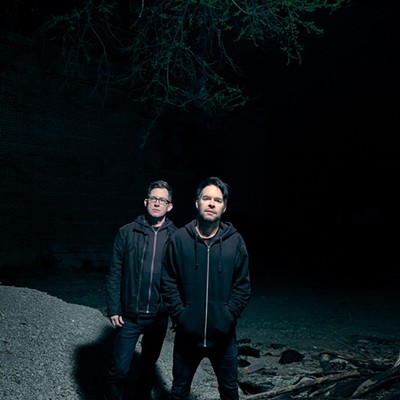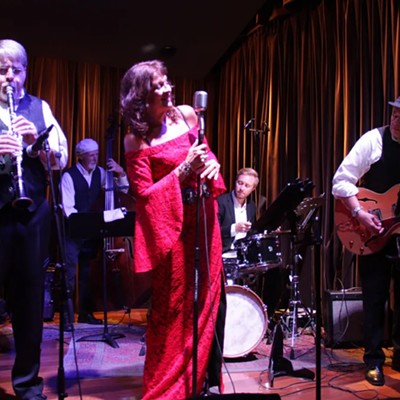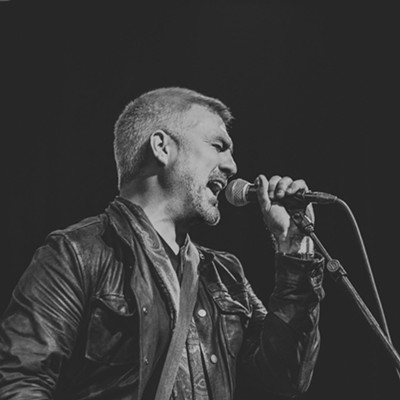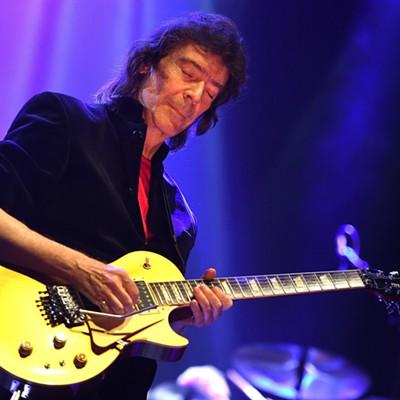They probably wouldn't, but if San Fermin covered Taylor Swift's 1989 it could be pleasing listening.
Committed to the freshness and immediacy of real people playing real instruments, Ellis Ludwig-Leone's ensemble sounds at once retro and avant garde. They stretch and distort the very expectation they raise. The result is a subversive setting for songs with a flavor of the same cheese as 1989 and twenty other catchy radio hits. It's tasty enough to have won opening spots on tours for The National and St. Vincent.
The son of two painters and university professors, Ludwig-Leone grew up precocious, fast-talking and attention-grabbing. His college education was first-tier, but not sequestered in a stuffy conservatory. He was a bit off from the get go.
"I always just felt (that) my ideas didn't quite fit in with any of the outlets that I felt they could fit in," he says. "I hadn't written classical music as a kid so I knew classical music in sort of a jock-ish way, which is to say that I played piano, but I didn't actually understand it.
"I couldn't sing, so I always felt like I was coming to music and I wanted to do it, but I didn't really see an obvious way that fit me. It wasn't until I actually left school and put it all together in my own kind of village (that) it started to make sense."
But it all started for Ludwig-Leone with a desire to make noise in a very literal sense.
"I think it was something very basic," he says."When I was young I was kind of loud and pretty hyperactive. I definitely liked to be in the middle of things and you know there's no way to insure that you're in the middle of things faster than to start banging on a keyboard."
Ludwig-Leone had never considered sharing the attention with a band, but San Fermin has given him a portable community of close friends and muses.
"It was just a totally random thing," he says. "What I wanted to do was make a record. And I wanted the record to be heard. And in order for it to be heard I had to sign a record deal. And in order to sign a record deal I had to tour. In order to tour, I had to have a band."
Most people might solve that problem with a couple of players augmented by loops and samples. Ludwig-Leone puts eight people on the bus with actual instruments. He's come to think of the band, itself, as an instrument.
"Some of it's idealism," he says, but, "The band has a sound, now. It sounds like a certain thing. So when I write, I take into account the people and the way it sounds and what our fans will expect and whether or not I want it to sound like that.
"Now I'm writing for a specific group of people ... to their strength ... what they're going to want to play. I'm trying to push them as musicians. It's a more practical endeavor now, but just as exciting, because I'm sharing it with people I'm really close with. It's like a band that actually plays not only how you want it, but better than you think you want it."

